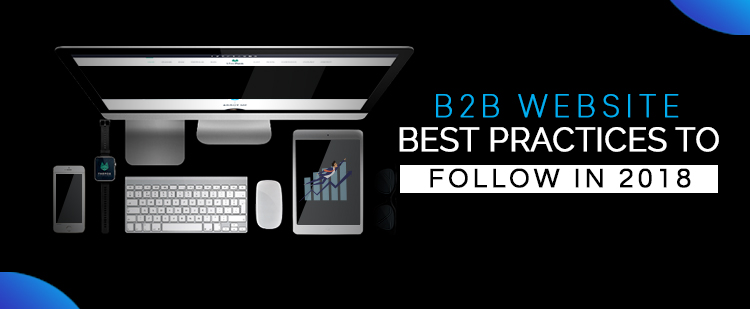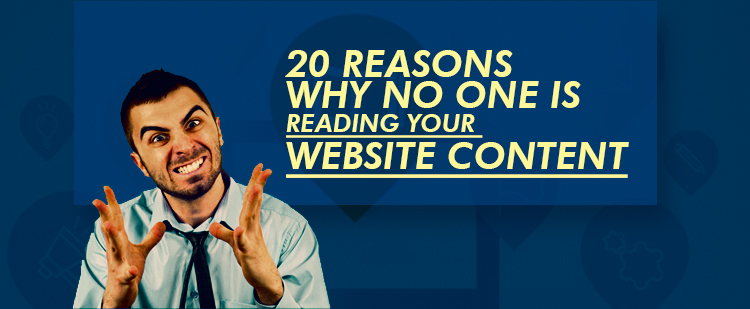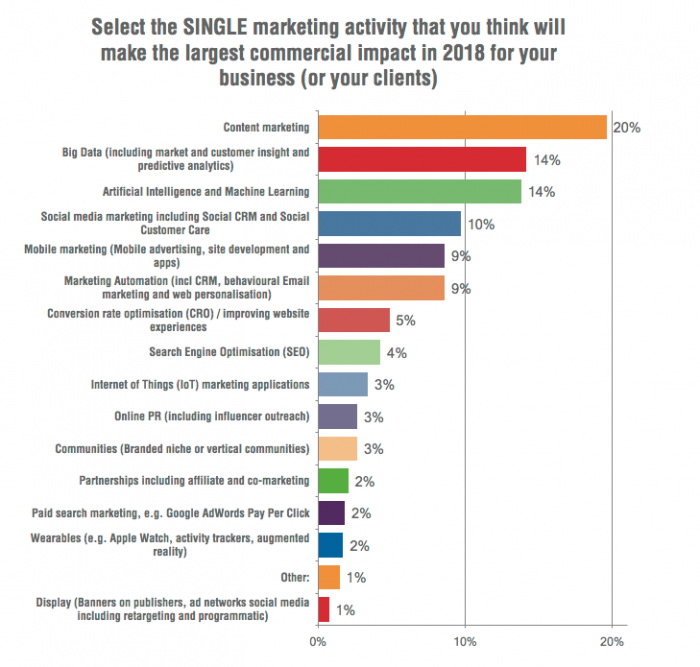Digital channel in marketing has changed how leads are generated in B2B business. Today it is completely possible to sit back and watch your leads coming to you.
But this is possible only when you have successful website, effective lead page and a content marketing plan that works.
Your website is your digital presence and it is where your leads will come in contact with your business first.
Therefore it’s important that you have website that best projects your brands as well as convert those leads for you
In this blog we will share best practices to follow for your B2B website in 2018.
But first it’s important to understand objectives for your website.
The requirements of a B2B website are very different from a B2C website. For starters, your deals are generally high value meaning that customers spend a substantial amount of time researching on the solution.
The buying cycle is also longer sometimes running into months or even a year!
You should hence assist your customers in their search. The website that adds most value throughout the buying process will be more likely to convert the lead.
What kind of a site will add value throughout the process? Read on to know.
Target your Site
Your website must be as targeted as your marketing strategy. Who do you want to serve in the market? Is it small business or big corporates?
The next step would be research everything about your target audience. You must have an average visitor’s expectation from your website and even the solutions they are looking for.
Aiia, which is into promotional products, does this beautifully by speaking directly to their customer’s emotion. This is possible only when you know your audience intimately.
You must design your site for your audience and write in the language they speak. Every industry has its own lingo and jargon.
Speaking in that language will tell your readers that you understand them and have experience in their industry.
Automate Processes
A good website in 2018 must take advantage of automation available today. You can automate email campaigns right from collecting mail IDs to nurturing your mailing list with an email campaign. Use Auto-responders to confirm visitor actions like sighing up for a webinar or eBook.
A lot of queries can be resolved through an FAQ section or a chatbot. Use of chatbots lowers customer care calls and also resolves customer objections with ease.
In fact according to study by Nuance Enterprise, 75% of customers said they find self-servicing as a convenient way. More customers prefer instant chat based solutions over calling a company executive.
Personalize Experience
With tools such as ConvertKit, Mail Chimp and Optimizely you can personalize your website for each client who visits your website.
The first step is to collect data on how visitors are interacting with your website. Next is to identify segments of visitors and how they differ from each other.
For a B2B website the segments could be region, past purchases, industry and buying stage. Not all information will be available with you but you can use cookies and other tools to identify which category your visitors falls in.
Tools such as Hubspot and Smart Content allow you to create smart lists for your website. For example, all visitors from Asia-Pacific will be shown a different homepage image.
ConvertKit allows you to take specific action based on visitor event. For eg, it adds all the first time visitors to remarketing ad list automatically.
Make it Intuitive
There are so many decisions to make when it comes to design. Design affects how your brand is perceived, your customer experience and even your conversion rates. Always strive for a website that is intuitive and easy to understand.
Above picture is an example of how your website should NOT be. The visitor has no way to know where he is on the site, there is information load and too many call to actions. Keep the following in point in B2B website design:
- Show the navigation path (also known as breadcrumb) at the top of your page. It tells the user how they landed on the page
- Limit call to action to one or two
- Videos have become very popular but they can also be distracting sometimes. Use manual pay video and avoid autoplay
- Highlight selected menu option
- Have thank you pages and action confirmation page like “thank you for signing up”
- Keep your website design consistent on all pages. Different colors and fonts can cause confusion in visitor’s minds.
Keep Improving
Lastly, maintaining a high converting website is a continuous process. Just implementing the above practices and forgetting about it is not going to make a huge difference in the leads you collect.
For true transformation you must continuously test what is working and what isn’t. Improve something every day and you will soon see that your website can be your biggest source of leads and revenue.
In the fast changing digital world you cannot afford to stop working on your website.



















